Cards
(QUICK LINKS: Decks | plants | mammals | birds | | reptiles | fish | cephalopoda | insects | microbe | events
( scientist | project | modifier | technique |)

Forest
Habitat card
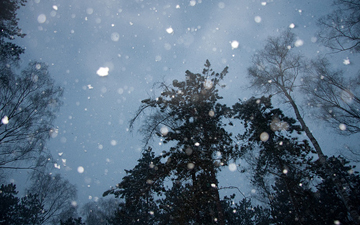
2 POINTS
• This is a HABITAT card. You can start to build SPECIES from this card or connect to existing “compatible” networks.
• This card cannot be removed once played.

Dingo
Canis lupus dingo


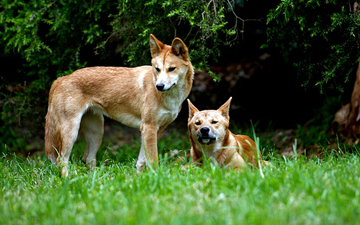
8 POINTS
Canis lupus dingo has a MOVE of 2.
• Canis lupus dingo can reside with any HABITAT.
“The dingo is considered as an apex predator in Australia”

Bullfinch
Pyrrhula pyrrhula

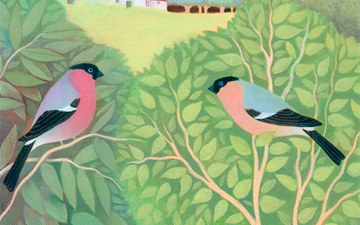
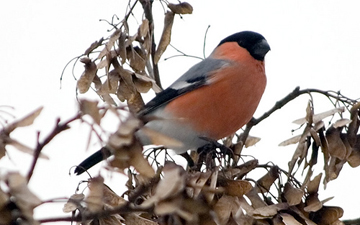
4 POINTS
• Pyrrhula pyrrhula has a FLIGHT of 2.

Red-winged Blackbird
Agelaius phoeniceus

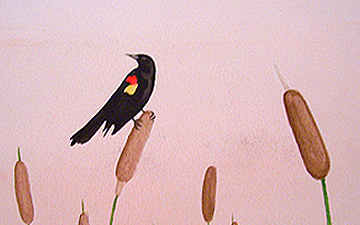

3 POINTS
• Agelaius phoeniceus has a FLIGHT of 2.
Agelaius phoeniceus is sexually dimorphic; the male is all black with a red shoulder and yellow wing bar, while the female is a nondescript dark brown.

Alpine Mitrewort
Mitella pentandra

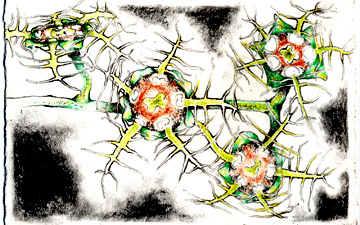
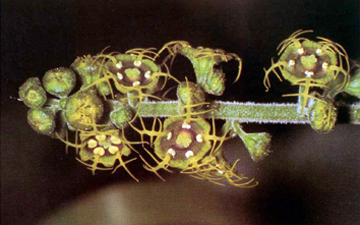
3 POINTS
• Mitella pentandra has a SPREAD of 1 (requires a POLLINATOR).

Striped Hyena
Hyaena hyaena


5 POINTS
• Hyaena hyaena has a MOVE of 2, and can feed on creatures of SCALE 7 or less..
“Like many other animals of hot climates, their ears radiate heat.”